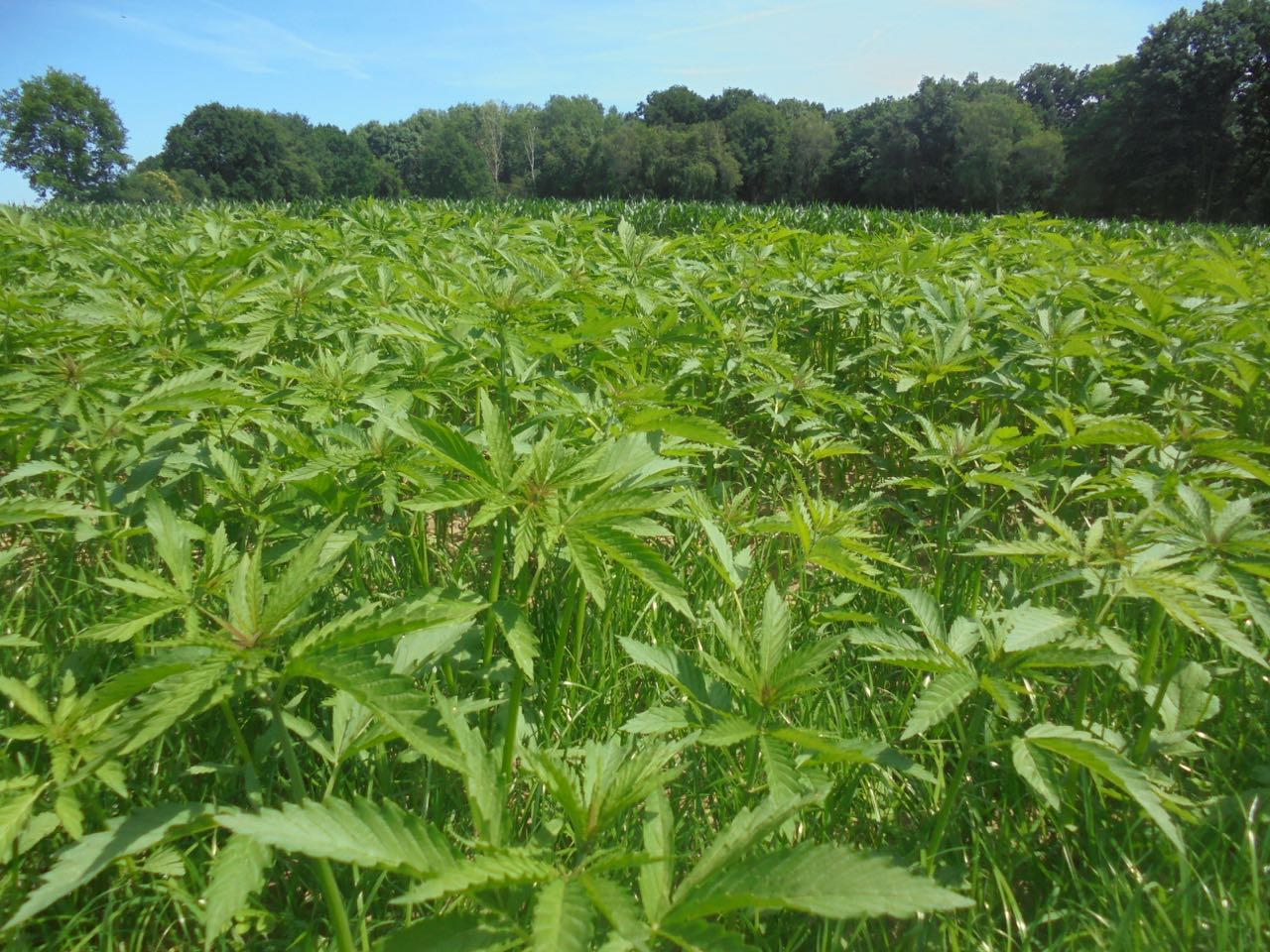- Daily & Weekly newsletters
- Buy & download The Bulletin
- Comment on our articles
Exhibition at cannabis farm shines light on cultivation of hemp
One of the first experimental cannabis farms in Belgium has opened its doors to the public with the exhibition The future of cannabis and its exploitation zero-waste!
Located in Chaumont-Gistoux in Walloon Brabant, CBX Foundation is the brainchild of Jonathan Blondiau, Flora Mer and Lionel Quataert.
One of their motivations for launching the farm and educational project was to guide hemp farmers on the best zero-waste practices. It’s also aimed at increasing awareness among the general public of legal cannabis production.
"We want to shine a spotlight on cannabis and eliminate the misinformation around the plant and its active ingredient CBD,” explains Quataert.
People need to know the real facts about self-medication with CBD, he says, pointing out that it’s not recommended in some situations, such as pregnancy or during some cancer treatments. Beyond being a medicinal product, cannabis is also an ecologically beneficial plant that purifies the soil and the air, he adds.
Human cultivation of hemp, another name for cannabis, is older than recorded history, reveals the exhibition. Archeological digs in Central Asia uncovered 6,000 year-old remnants of production. The hemp plant was grown for its fibre and seeds to produce textiles, rope, paper and oil.

Since then, there have been many known uses of cannabis or its derivatives. The oldest mention of medicinal use is a 4,700-old Chinese text, while Guttenberg printed his first bible on hemp-based paper in 1450. Michelangelo used cannabis oil to paint the Sistine Chapel in 1508 and George Washington once wrote in his journal: "Take Indian hemp seeds and sow them everywhere."
In the mid-19th century, Queen Victoria's personal physician Sir Russell Reynolds wrote in The Lancet: "Carefully administered, hemp is the most precious of all the medicines we have."
Cannabis once enjoyed a 'golden age'
The 'golden age' of medical marijuana stretched from 1840 to 1920, when one third of all compounds prepared in American drugstores contained cannabis. Inexpensive to grow, it was also versatile as a textile with WW1 soldiers wearing uniforms made partially from hemp.
But the fabric was targeted in the 1920s by makers of cotton and the growing synthetic textile industry, as well as new producers of aspirin. Their propaganda, such as the film Reefer Madness, helped turn public opinion against the plant and eventually even the scientific study of cannabis was outlawed.
It was only in the 1990s that medical marijuana use was legalised and research resumed. However, the reestablishment of large scale agricultural exploitation of cannabis products has been slow.
This exhibition also focuses on the zero-waste aspect of hemp cultivation with every part of the plant used: the seeds are used in the food industry, the fibres to make textiles, the hemp wood to make bricks for building construction and the flowers for medicinal products.
All the varieties planted have governmental approval since they possess extremely low THC content (less than 0.2%); THC is the active ingredient in cannabis that gets a user high.
To increase knowledge of cannabis, the CBX Foundation is promoting scientific research with the establishment of the RACE prize (Research Award for Cannabis in Europe), which is open to university students in Europe.
The future of cannabis and its exploitation zero-waste!
Rue du Roblet
Chaumont-Gistoux
Open every weekend until 1 October















